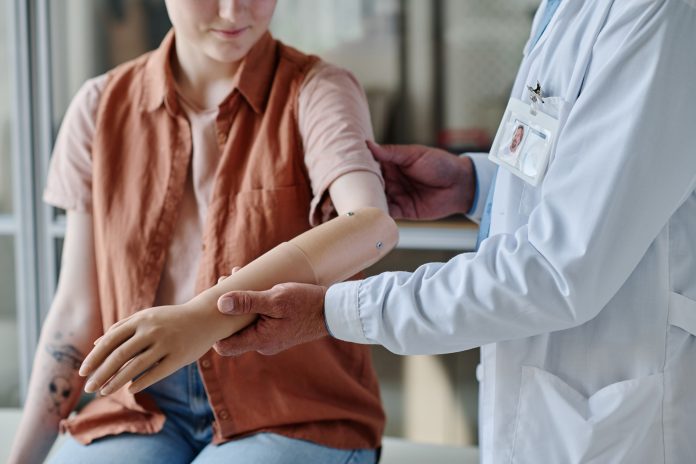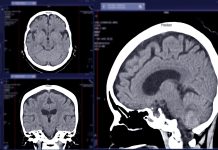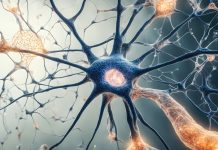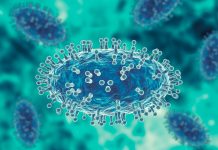NIH researchers found that the brain’s control centre for a lost limb persists long after amputation, challenging theories of cortical remapping. This insight into phantom limb syndrome could inform future neuroprosthetic and pain treatments
A new NIH study shows that the brain keeps a map of a lost limb long after amputation. By examining participants with phantom limb sensations, researchers found that the primary motor cortex remains active, challenging previous ideas about brain reorganisation. These insights could improve neuroprosthetic designs and treatments for phantom limb pain.
The findings are detailed in Nature Neuroscience.
First-of-its-kind study into the phantom limb phenomenon
In a groundbreaking study, scientists from NIH and University College London had a unique opportunity to conduct MRI scans on three participants in the months before a planned amputation (performed for separate medical purposes) and then up to five years after. This innovative approach provided unprecedented insights into the brain’s response to limb loss.
“It’s not often you get the chance to conduct a study like this one, so we were determined to be exceedingly thorough,” said co-author Chris Baker, Ph.D., of NIH’s National Institute of Mental Health (NIMH). “We approached our data from a variety of angles and all of our results tell a consistent, compelling story.” This meticulous approach instills confidence in the study’s findings.
Different regions in the brain’s outermost layer, called the cortex, are responsible for managing specific body parts. One key theory within the neuroscience community is that, when a body part is damaged or lost, the cortex will remap itself, within neighbouring regions associated with intact body parts encroaching on the newly available real estate.
“For many decades, cortical remapping as a response to amputation has been a literal textbook example of brain plasticity,” Baker said.
One prevalent experience with pervasive phantom limb syndrome is where the patient feels vivid, often painful sensations in a now missing extremity.
The scientists took this common experience as a hint that the brain may remember what it lost. To find out for sure, the researchers needed to compare individuals’ brain activity before and after their amputation.
A study shows the brain holds onto lost limbs, challenging old theories
The scientists identified three patients preparing to undergo arm amputations. They scanned their brains using a special type of MRI, called functional MRI, to map brain activity triggered by the tapping of individual fingers.
In the months and years following the surgeries, the researchers conducted three follow-up scans on the participants as they attempted to perform the same tasks, now with their phantom limb. They compared brain activity to monitor any significant changes pre- and post-amputation, but the researchers quickly established there was little to no difference. This unexpected result piqued their curiosity and led to further investigation.
The scientists also employed a machine learning algorithm in their study. This algorithm was trained to identify finger movements from pre-amputation data. After amputation, the algorithm was able to differentiate which phantom finger was being moved, providing further evidence of the brain’s retention of the body, even after limb loss.
Additionally, the researchers learnt that nearby brain circuits associated with lip and foot movement did not migrate into the phantom limb’s territory. Further analysis that compared their data to scans of able-bodied controls continued to confirm the brain’s representation of the lost limb endures.
The results of the study potentially improve the understanding of how the phantom limb syndrome manifests and suggest that standard phantom limb pain treatments may be worth reevaluating.
According to the study’s lead author, Hunter Schone, Ph.D., who conducted this research while a graduate student at NIH, the findings could also be key in how we implement transformative brain-computer interface technologies.
“This study is a powerful reminder that even after limb loss, the brain holds onto the body, almost like it’s waiting to reconnect in some new way,” said Schone. “Now, rapidly developing brain-computer interface technologies can operate under the assumption that the brain’s body map remains consistent over time. This allows us to move into the next frontier: accessing finer details of the hand map, like distinguishing the tip of the finger from the base, and restoring the rich, qualitative aspects of sensation, such as texture, shape and temperature.”








